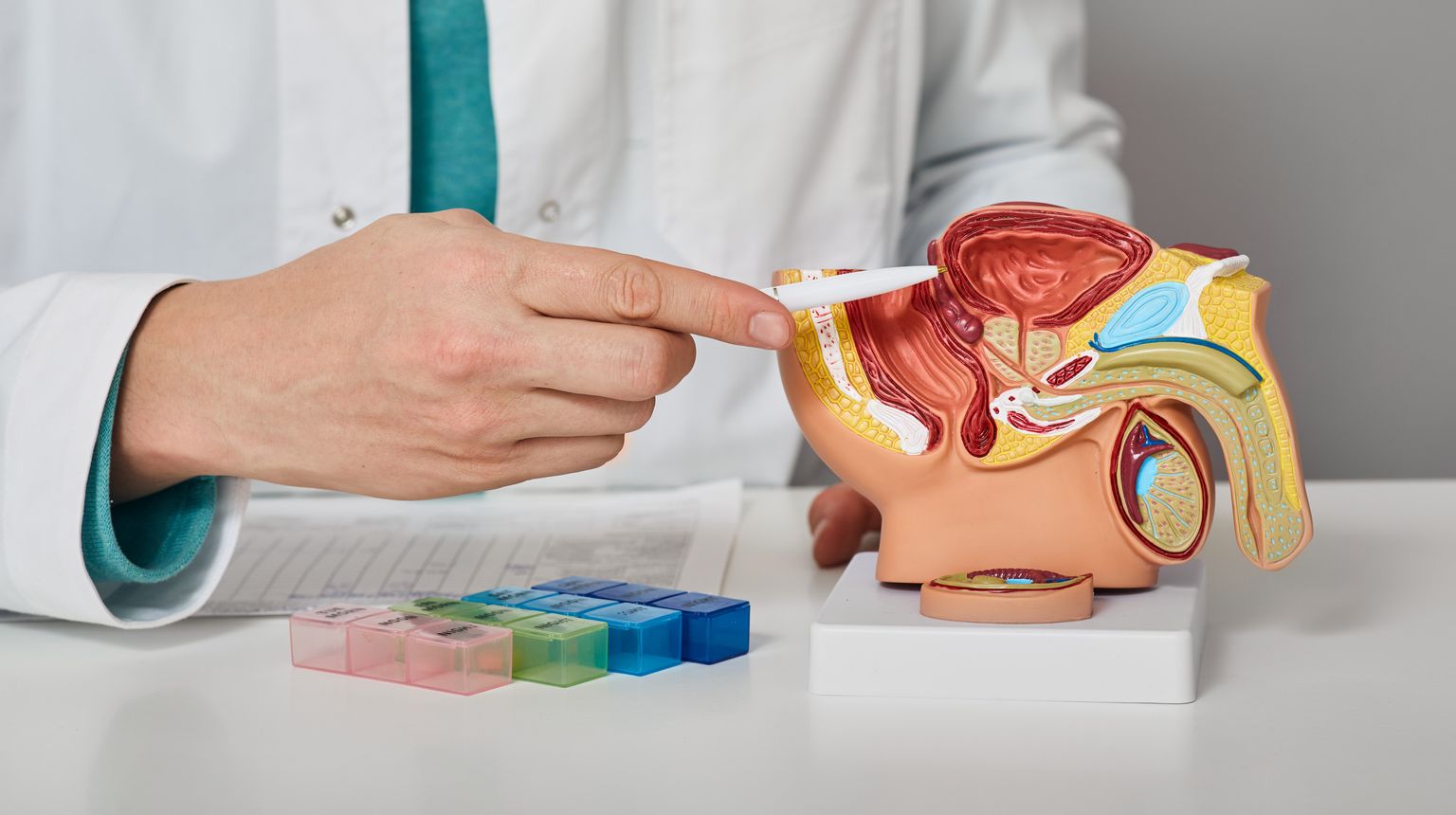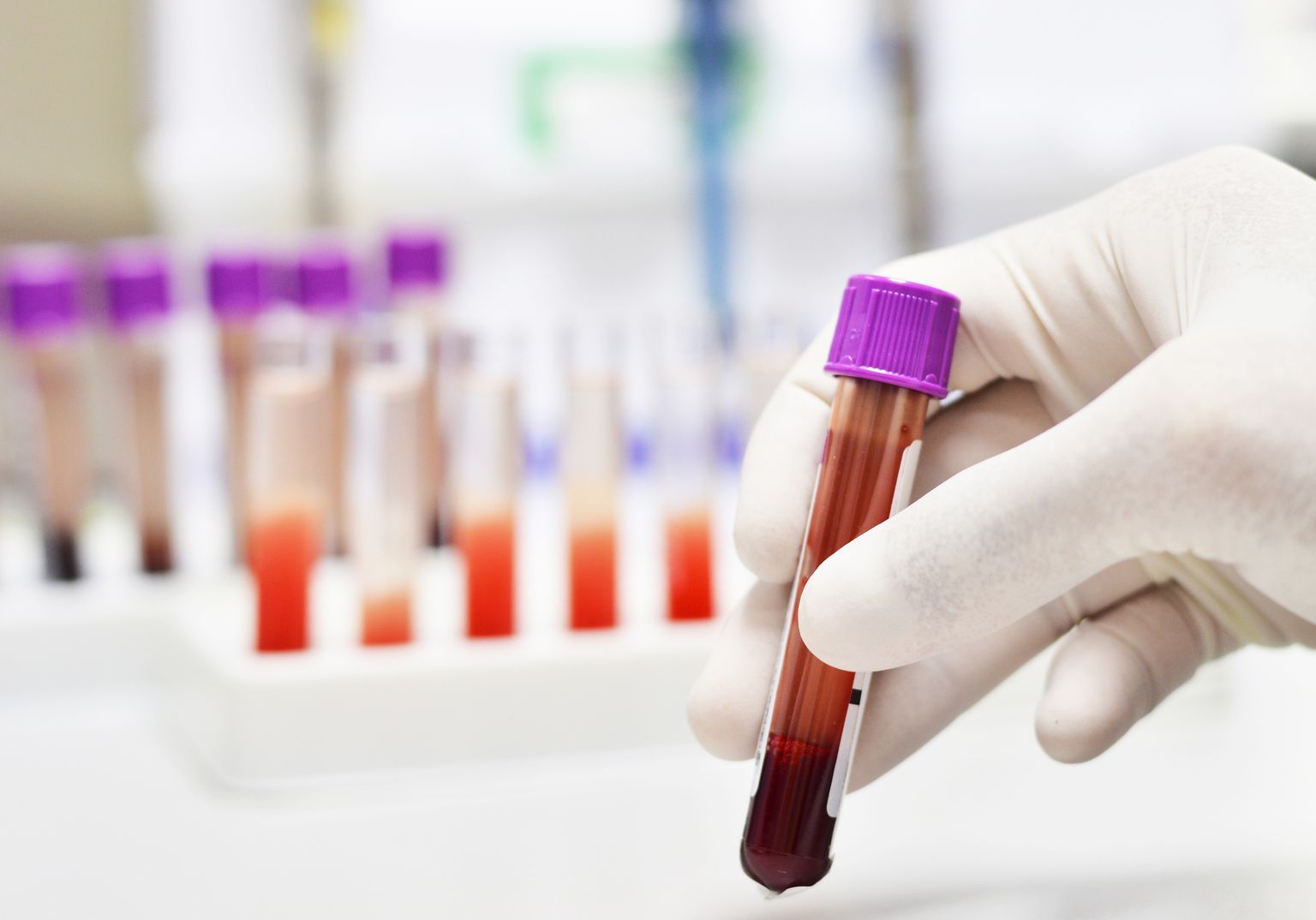Basics
Erectile dysfunction (impotence) refers to the inability to get an erection or even maintain an erection for satisfactory sexual intercourse. The medical term Erectile Dysfunction comes from Latin and is composed of the words "erigere" (to erect), "dys" (to lack) and "functio" (function).
However, sporadic erectile dysfunction occurs more often and is usually not a cause for concern - it can occur due to relationship problems or even during stressful periods in life. However, erectile dysfunction that lasts longer should always be clarified medically, since physical causes such as diabetes mellitus or neurological diseases can also be hidden behind the symptoms.






